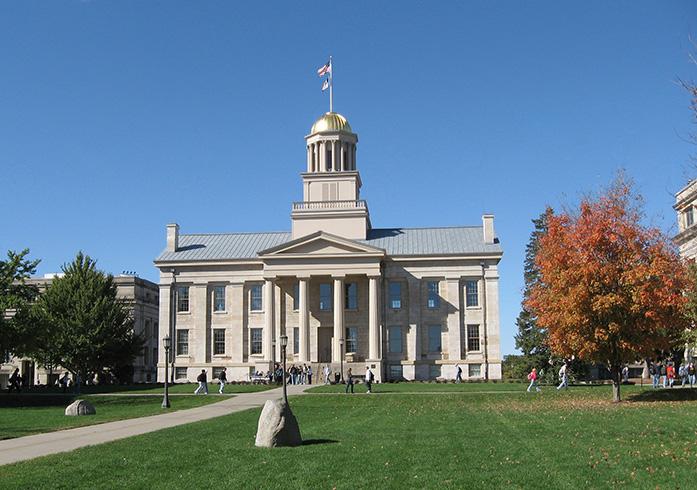Faculty diversity no easy task at the UI
January 23, 2017
Although the University of Iowa was the first public state university in the United States to admit men and women on an equal basis, it still must make strides toward similar progress in its faculty.
Data provided to The Daily Iowan by the UI Provost’s Office reveal gender inequity among cluster-hire faculty members. Of those faculty, 27.8 percent are female and 72.2 percent are male, while 32.3 percent of tenure-track faculty are female and 67.7 percent are male, as of November 2016.
The cluster-hire initiative was included in the UI’s 2010-16 strategic plan. It created multidisciplinary faculty positions in seven different research areas: water sustainability, obesity in research and education, aging mind and brain, public digital arts, public humanities in a digital world, informatics, and genetics.
“It is aimed at developing a strong core of faculty in a defined research scholarship area that has been deemed by the university as important and impactful for the citizens of the state of Iowa and the world,” said Associate Provost for Faculty Kevin Kregel, the lead administrator for the cluster areas.
The seven areas are generally science, technology, engineering, and mathematics, which tend to be dominated by males. For example, at the UI, 12.6 percent of faculty in the College of Engineering are women. On the opposite end, the College of Nursing has the highest number of female faculty at 92.9 percent.
Because of the nature of the research areas, sources acknowledged the problem isn’t unique to the UI. Instead, they said, STEM fields tend to be dominated by men not only at the UI but nationally, which inevitably affects the UI, because there is there is a limited pool of women in STEM to draw from.
Aging mind and brain is the only cluster with a majority of female faculty, with seven females (53.8 percent) and six males (46.2 percent). The public humanities in a digital world cluster has zero female hirings among seven faculty members.
“If you identify research areas for the clusters that tend to be in male-dominated disciplines, then that’s going to produce a pattern in which you don’t hire very many female faculty,” said Sara Mitchell, a member of the water sustainability steering committee. The cluster area has a gender distribution of 50 percent male and 50 percent female among its 10 faculty members.
Jon Winet, the director of the public digital arts cluster and a member of the steering committee, which has one female of its seven hirings, said the UI should strive to increase diversity as much as possible despite the national problems.
“The inequity, it’s mirrored, but of course I don’t think the University of Iowa wants to duplicate an existing problem,” he said. “I think we want to work against it and work toward greater inclusion.”
Gender diversity among UI faculty was a topic of conversation at the UI Chief Diversity Office’s update on Jan. 17.
“When we talk about diversifying our faculty … we all know that it’s impossible to do without a pipeline of diverse faculty to draw from,” Chief Diversity Officer Georgina Dodge said.
Dodge said the Provost’s Office has worked to implement initiatives such as implicit bias training for faculty hiring committees and the Midwest Higher Education Research Consortium, which is designed to aid dual-career hiring.
Kregel said the consortium was created with the two other regent institutions and some businesses to allow faculty members with a spouse/partner to relocate to the participating universities and have a resource that aids in finding a job in the area for that spouse/partner.
“It’s a nonprofit organization to help with identifying positions in higher-education-related areas targeting especially dual-career spouse and partner hirings,” he said.
Winet recognized some of the UI’s current efforts to create gender equity, such as the Women in Science and Engineering student organization, but said there should be greater equity in order for society to reap the benefits.
“I truly believe that American society, American education, and the Earth itself will benefit just immeasurably from greater participation by women in the sciences and of course in academics generally,” he said.



